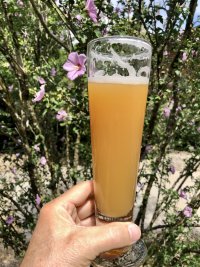CyberFox
Well-Known Member
- Joined
- Mar 29, 2022
- Messages
- 230
- Reaction score
- 100
Does anyone know of a place where I can get a small amount of ALDC Enzyme? Morebeer sells a 1 oz dropper, but that 1 oz is equivalent to 35 doses. The problem is that it has a 12 month shelf life and I only make about 4-5 batches of beer per year, so a good amount would be wasted.

















![Craft A Brew - Safale BE-256 Yeast - Fermentis - Belgian Ale Dry Yeast - For Belgian & Strong Ales - Ingredients for Home Brewing - Beer Making Supplies - [3 Pack]](https://m.media-amazon.com/images/I/51bcKEwQmWL._SL500_.jpg)











































